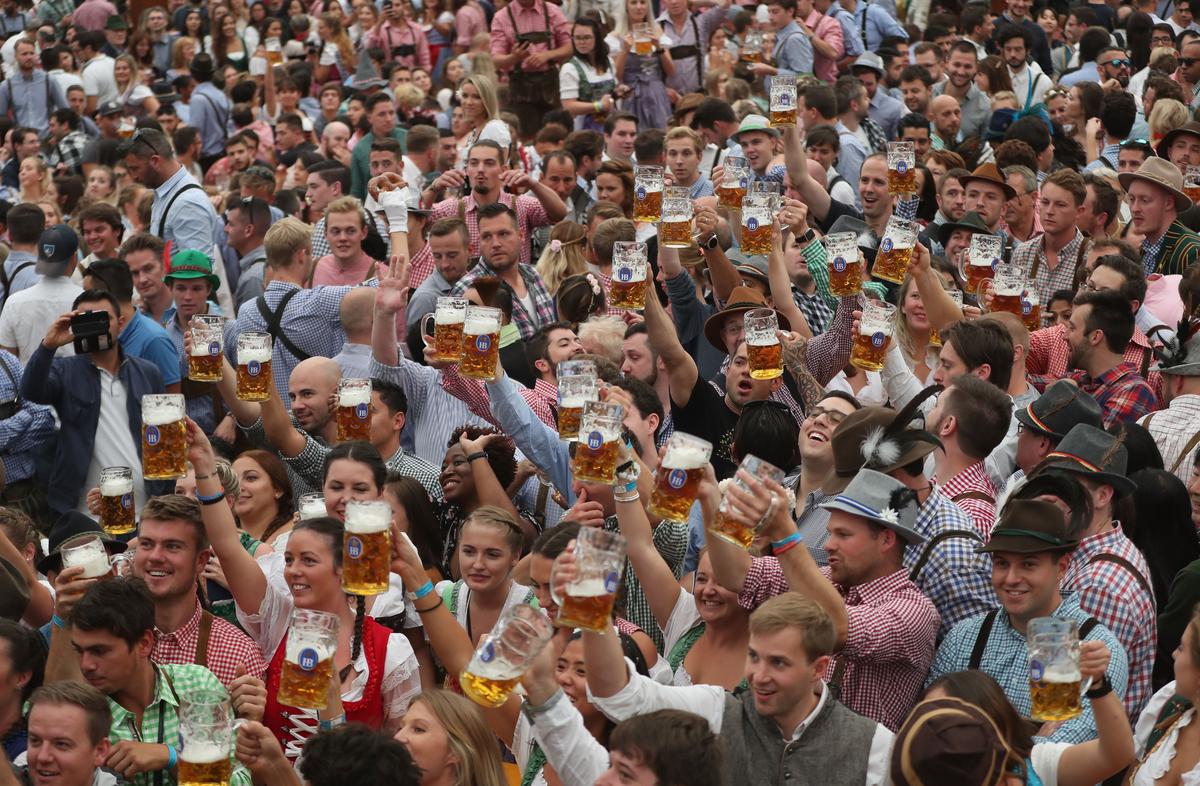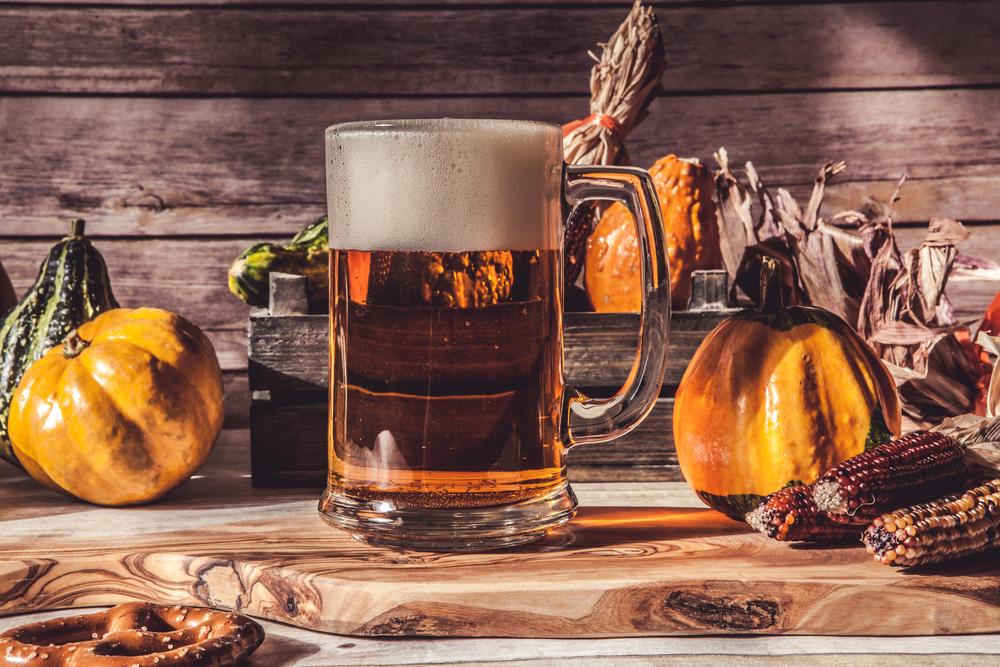Fall is in the air, and fall beers are on the tap list. Put away your lighter, summery ales and cozy up around the campfire with something seasonal. The Germans know a thing or two about fall drinking, and craft brewers have a few autumn tricks up their sleeves as well. Here are a few September styles to look for.
Oktoberfest
In 1810, when he was still but a prince, King Ludwig I of Bavaria married Princesse Therese. The townspeople were invited to a big wedding bash at the city gates where, of course, a lot of beer was consumed. A good idea is worth repeating, and so the tradition of Oktoberfest began. In Munich, the annual festival lasts just over two weeks, starting in mid-September and running to the first Sunday of October.
Scenes from Oktoberfest in Munich. Alexandra Beier/Getty Images





